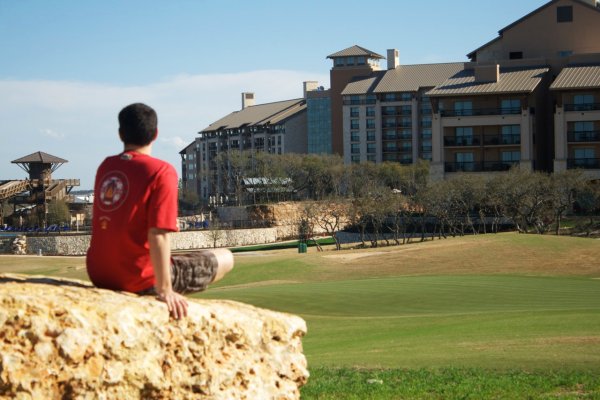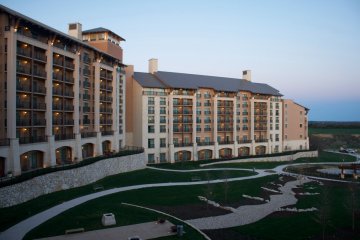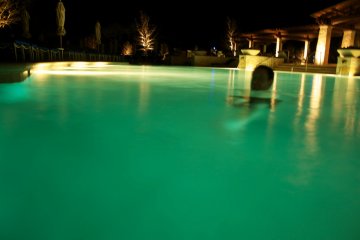
The largest JW Marriott resort in the world / All photos by author
Last month, my wife and I spent two nights at the recently opened (as of late January this year) JW Marriott San Antonio Hill Country Resort and Spa. Our lodging and meal costs were comped.






